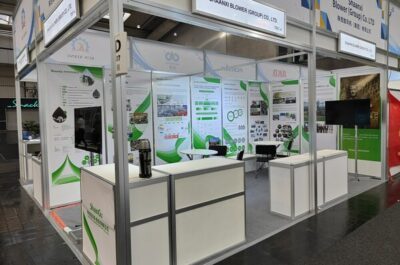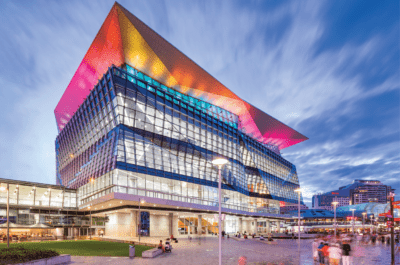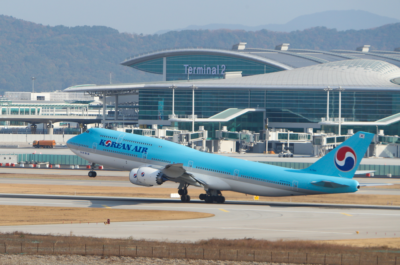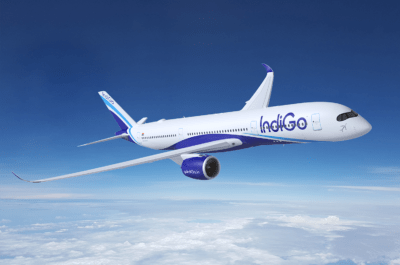Hotel.com’s 2009 Hotel Price Index shows hotel prices in the U.S. fell 14 percent during the last half of 2009 compared to rates in the same time period in 2008. In fact, a hotel room was cheaper in 2009 than it was in 2004. The average price of a hotel room was 14% cheaper in 2009 than in 2008, according to the Hotels.com Hotel Price Index (HPI). In fact, a hotel room was cheaper in 2009 than it was in 2004…
 Hotel.com‘s 2009 Hotel Price Index shows hotel prices in the U.S. fell 14 percent during the last half of 2009 compared to rates in the same time period in 2008. In fact, a hotel room was cheaper in 2009 than it was in 2004.
Hotel.com‘s 2009 Hotel Price Index shows hotel prices in the U.S. fell 14 percent during the last half of 2009 compared to rates in the same time period in 2008. In fact, a hotel room was cheaper in 2009 than it was in 2004.
The average price of a hotel room was 14% cheaper in 2009 than in 2008, according to the Hotels.com Hotel Price Index (HPI). In fact, a hotel room was cheaper in 2009 than it was in 2004, when the HPI® began. Rooms cost 13% less in Europe during 2009 than in 2008, 14% less in the U.S, 16% less in Asia and 21% less in Latin America. However, towards the end of 2009, the price falls started to level off. The average price of a hotel room fell by just 7% year-on-year in Q4 2009, compared to 14% in Q3, 17% in Q2 and 16% in Q1. Hoteliers will be heartened that the market was showing signs of stabilising by the end of 2009, however, hotels around the world were still offering great value for travelers.
North American prices fall in 2009 but is an end in sight for hoteliers?
– Prices paid by travelers for hotel rooms in North America (the U.S. and Canada) fell 7% between Q4 2008 and Q4 2009.
– Falling hotel prices across North America reflect the impact of the economic slowdown and the reduction in demand for hotel rooms this caused. The lower number of overseas tourists to the U.S. plus dampened domestic demand contributed to falling occupancy and hotel prices.
– However, there was a slowdown in the rate of price cuts as 2009 progressed. Prices dropped by 16% y-o-y in Q1, 17% y-o-y in Q2 and 13% y-o-y in Q3.
– Prices for hotels in the Caribbean fell by 2% year-on-year during Q4 2009.
– Prices across Latin America fell furthest and fastest in the Americas at the end of last year. They slumped by 10% in Q4 2009 when compared to the same period the previous year.
European price falls lessen as 2009 progresses
– Prices paid by travelers for hotel rooms in Europe fell by 6% between Q4 2009 and Q4 2008 as hoteliers cut their prices in an effort to stimulate occupancy rates during the winter season and the downturn.
– The rate at which hotel prices fell slowed in Q4, offering some relief to hoteliers. Prices had dropped by 14% year-on-year in Q3, by 16% in Q2 and by 15% in Q1 2009.
– The Hotel Price Index for Europe fell to 96 in Q4 2009 – down from 102 a year before: a stark illustration of how sharply hoteliers had to cut prices to create attractive offers for travelers.
– Hotel rooms are now 4% cheaper across Europe than they were in 2004, when the Hotel Price Index was started.
Asia – last into the crisis and last out?
– According to the Hotel Price Index, Asian hotels are still experiencing the effects of the downturn – and remained hard-hit by falling prices in Q4 2009.
– Prices in Asian hotels – which had held up longer than those in the U.S. or Europe – continued to tumble in Q4 2009, falling 19% when compared to the same period one year earlier.
– Unlike other regions, the levels of falls experienced by Asian hotels accelerated in Q4 2009 compared to the previous periods whilst the rate of decline slowed in every other part of the world.
– The 19% drops experienced in Q4 2009 were steeper than the 17% y-o-y falls experienced in the second and third quarters and the 15% y-o-y fall in Q1 2009.
Price changes in global city destinations
With just a very few, isolated exceptions, worldwide hotel prices dropped substantially for U.S. travelers during 2009, the Hotels.com Hotel Price Index found. Indeed, of the tens of major city destinations analysed by Hotels.com, just five cities showed increases in average prices in 2009 (when compared to 2008).
Hotel prices on the Italian island of Capri, which was the most expensive “city” destination worldwide for U.S. travelers, were some of the few to see average rises year-over-year, up 21 percent on average. With U.S. travelers paying $302 per night for a room on the honeymoon hideaway, it became the world’s most expensive major destination.
With the exception of Rio De Janeiro, all of the other top-10 most expensive cities worldwide for U.S. travelers saw prices fall. In Geneva, which became the second most expensive for travelers, they were down by some 19% to average $249 per night.
The Middle East centre of Abu Dhabi came third in the table, as prices averaged $242 over 2009. A high proportion of higher-end accommodation and relatively constrained hotel supply combined to keep hotel prices comparatively high, although these factors were not enough to prevent average prices paid dropping by 17 percent year-over-year.
Closer to home, New York was the most expensive domestic city of those tracked in the global list, with prices averaging $199 during 2009 – a fall of almost a quarter (24 percent) compared to 2008. A sharp decline in convention and groups business was one factor contributing to the substantial price drop in this market.
Moscow experienced the steepest contraction in hotel prices – they fell by 44 percent between 2008 and 2009, which meant that it dropped to sixth place globally as prices averaged $216 – down from $387 a year before when it had been the world’s most expensive destination.
The world’s most expensive cities
The broad trend among the world’s most expensive cities was that average prices paid by travelers fell between 2008 and 2009. Eight of the world’s ten most expensive cities saw average prices drop.
The list of most expensive destinations is dominated by major European destinations, suggesting that those U.S. travelers who can, are still willing to spend more on a longer break in Europe. Capri, Geneva, Cannes, Venice and Paris all feature in the top 10 expensive destinations.
Joining these European centers are the new Middle East travel powerhouse of Abu Dhabi, which enjoyed a combination of business and leisure patronage from U.S. travelers during the first half of 2009. Dubai, however, dropped out of the top-10 most expensive centers following its financial collapse and the pressure of the economic slowdown.
Vicky is the co-founder of TravelDailyNews Media Network where she is the Editor-in Chief. She is also responsible for the daily operation and the financial policy. She holds a Bachelor's degree in Tourism Business Administration from the Technical University of Athens and a Master in Business Administration (MBA) from the University of Wales. She has many years of both academic and industrial experience within the travel industry. She has written/edited numerous articles in various tourism magazines.


































![[PR] PR_Ascott and Vimut Hospital_2024](https://www.traveldailynews.asia/wp-content/uploads/2024/04/PR-PR_Ascott-and-Vimut-Hospital_2024-400x265.jpg)









































